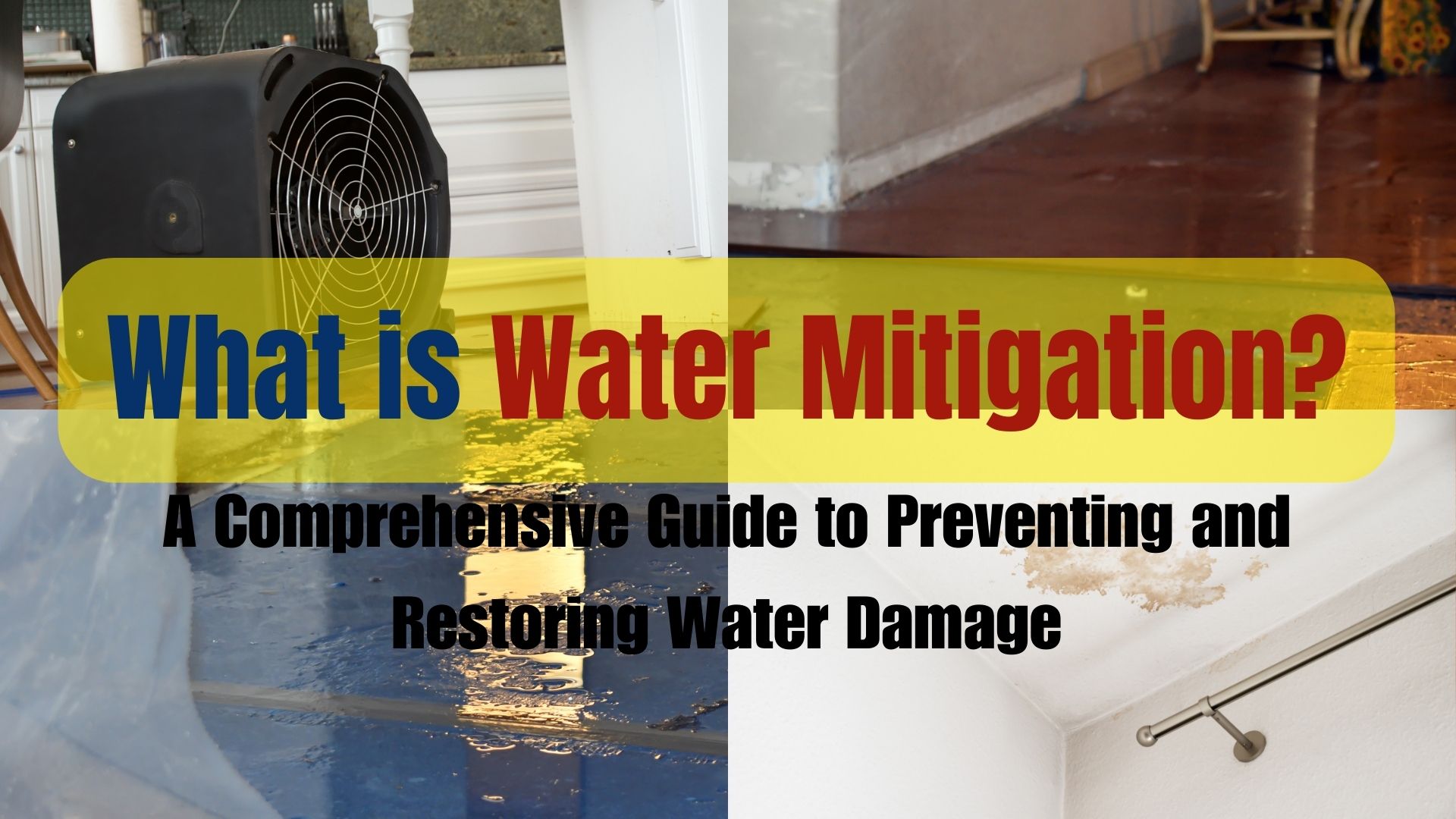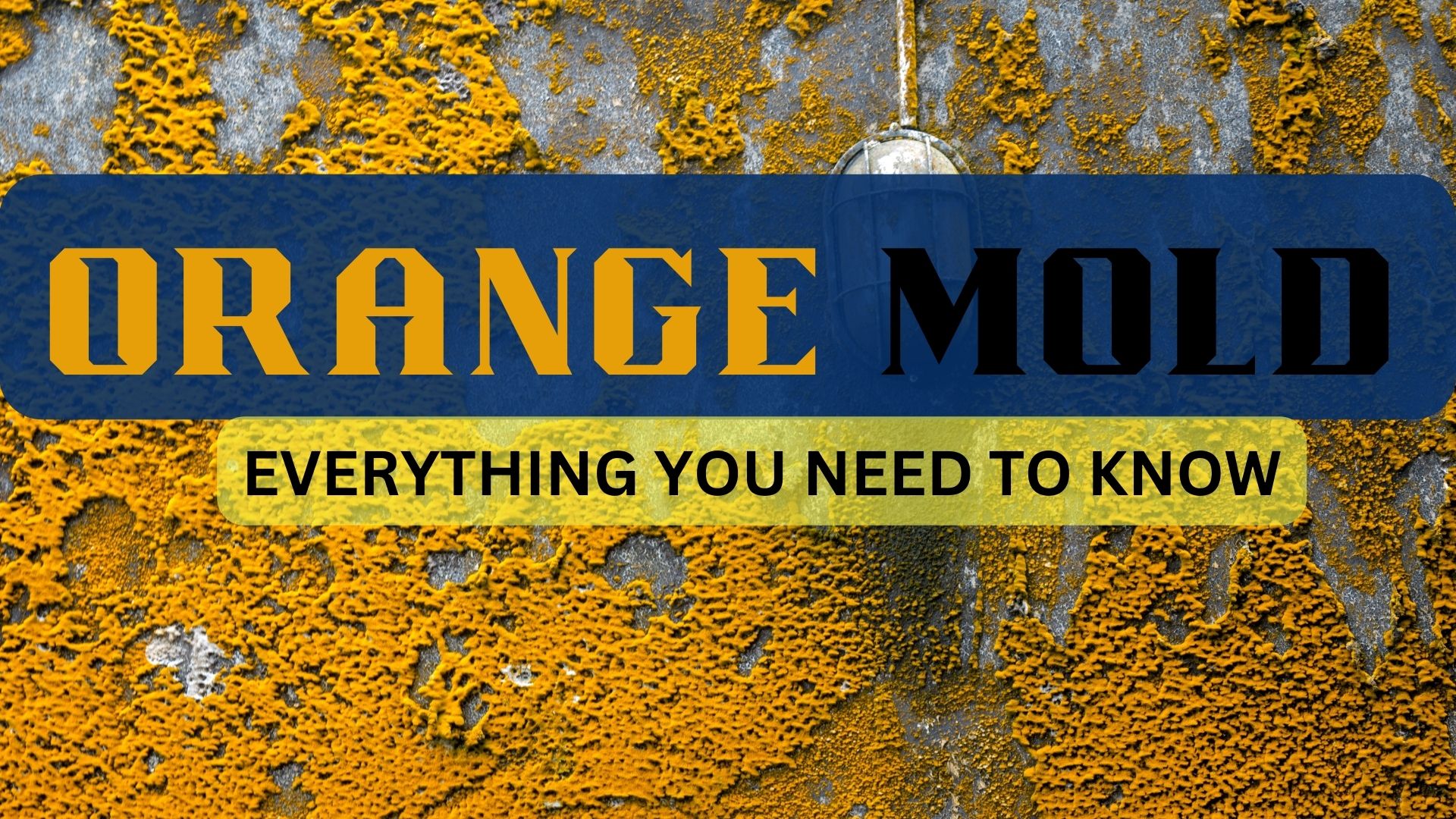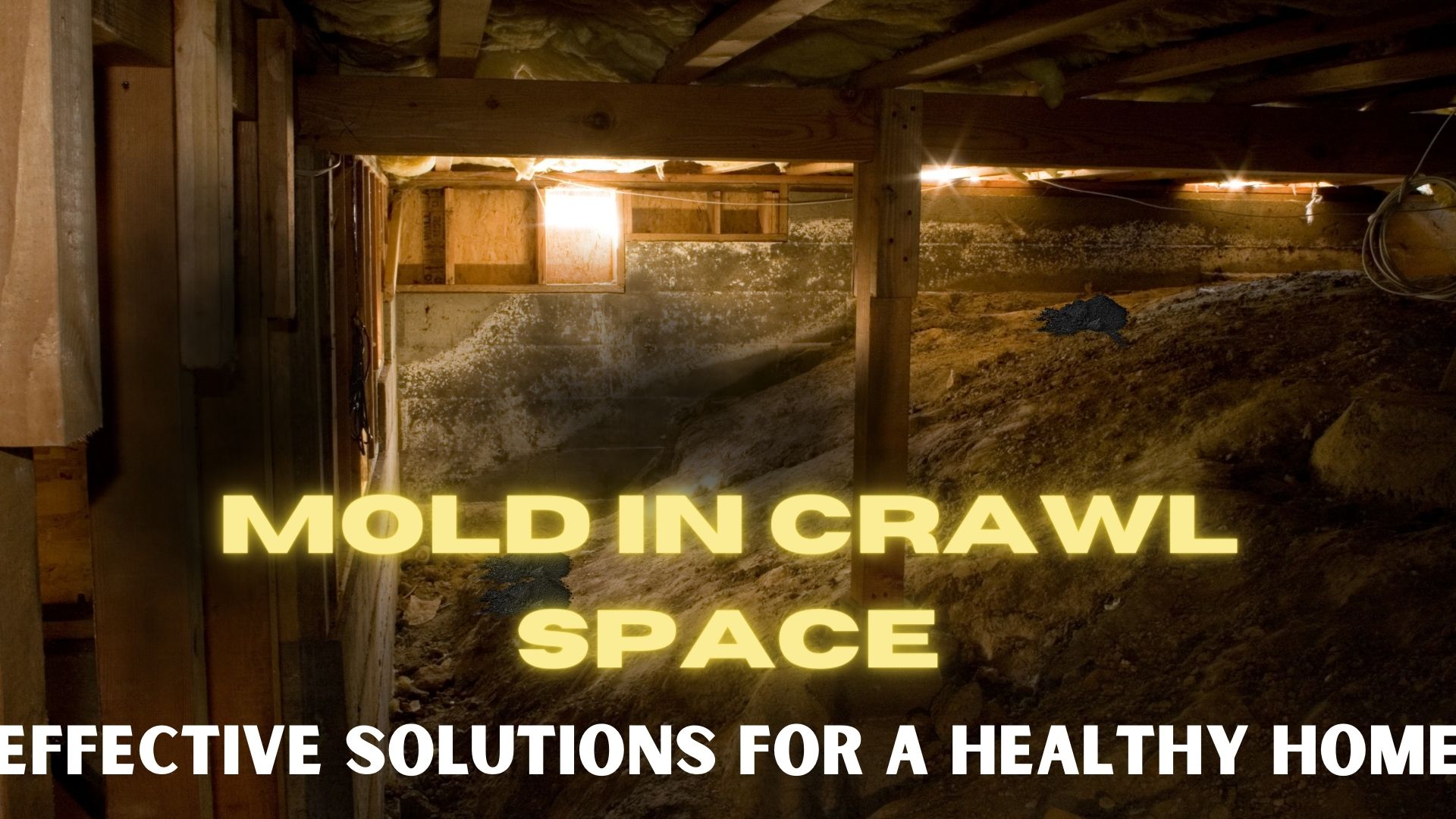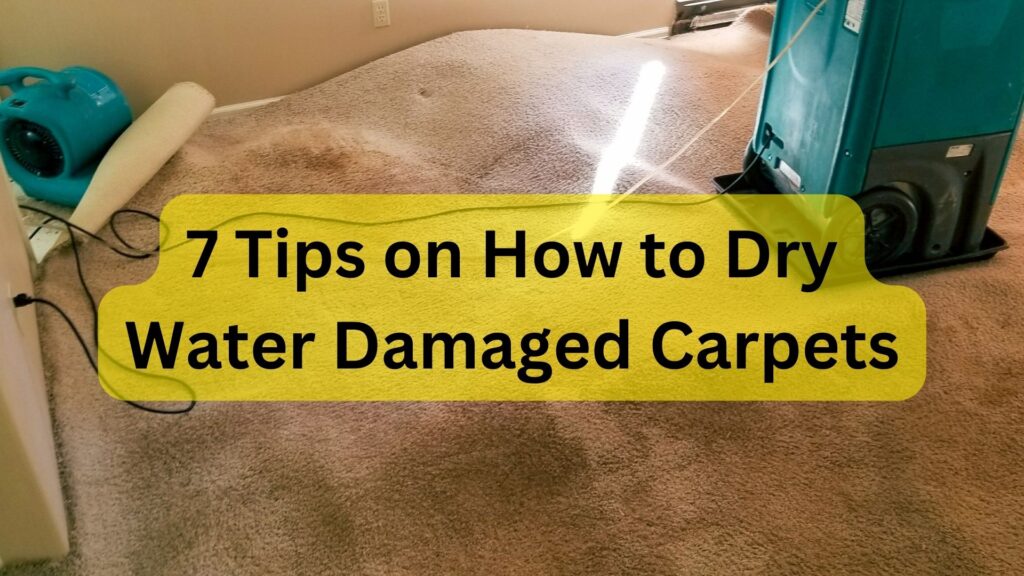
Water damage leads to other damages in the home including the carpet. Carpet is one of the most common and trendy floorings we can see in many homes. It also provides safety to the people living in the house most especially for children. However, water damage in the carpet is also difficult to handle. Cleaning and drying water damaged carpets take a lot of work and effort. It can be done by homeowners provided they have the proper tools and equipment to do it.
Is the Water Damaged Carpet Salvageable or Not?
Here are some things to consider before drying a carpet after water damage
1. Age of the Carpet
If the carpet is already old, water weakens it. Old carpet is difficult to save because the water will most likely damage the backings. When the carpet is old, usually the backing deteriorates or even pulls away from the carpeting. If the carpet is old, it is better to replace it with a new one.
2. The degree of the damage
Salvaging carpet depends on the degree of damage involved. It is difficult to dry carpet when it already absorbed water. If the water sat for a long time, it might be difficult to handle.
3. The source of the water
There are three types of water that may damage the carpet. Clean water sources such as tap water and broken water line do not pose any harm. But don’t let the water sit on the carpet for a long time. On the other hand, flood water contains contaminants and you need help from a professional to salvage your carpet. They not only dry your carpet but clean it thoroughly using special equipment.
Drying a Water Damaged Carpet
Here are some things we need to do to dry the carpet.
1. Remove the Standing Water
It is better to remove the standing water as soon as you can to avoid the growth of mold and other damage. You may need to use a pump to extract the water. You can easily rent pump equipment and rental companies usually recommend which pump is best depending on your situation.
2. Extract the excess water
You can use a wet vacuum to extract the excess water from the carpet. It takes time to remove the excess water using this method so it also requires your patience and hard work.
3. Move the wet carpet from the floor.
Moving the wet carpet from the floor will prevent more damage. To remove the carpet, carefully pull it away. Avoid using too much force to keep the carpet intact.
4. Replace carpet padding with a new one.
Carpet padding is like a sponge that absorbs a lot of water. If you will use it again, it will be damp and develop mildew and molds. Once you remove the carpet padding, dispose of it immediately.
5. Dry the carpet and the flooring.
Completely drying the carpet takes time. It depends on your tools and the temperature. Use a high-powered blower, fans, and dehumidifier to help in the drying process.
6. Sanitize your carpet.
Bacteria thrive in wet and damp areas. It is necessary to sanitize an area to remove germs and bacteria and stop their growth. Use antimicrobial and antibacterial carpet cleaners to sanitize your carpet.
7. Dry your carpet completely.
After sanitizing your carpet, it is important to dry it one more time. Once completely dry, you should not see any sign of mold.
Call a Professional for Your Water Damaged Carpets
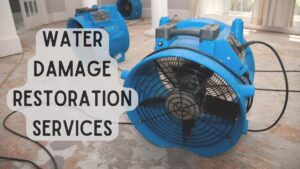 Drying a carpet is doable but requires effort and time. If your carpet has severe damage, it is necessary to let a professional handle the situation so that they can assess the extent of the damage and do appropriate steps to fully remove all the water and let your carpet gets back to normal. Trust Superior Restoration & Shamrock Cleaning for all your water damaged carpet needs!
Drying a carpet is doable but requires effort and time. If your carpet has severe damage, it is necessary to let a professional handle the situation so that they can assess the extent of the damage and do appropriate steps to fully remove all the water and let your carpet gets back to normal. Trust Superior Restoration & Shamrock Cleaning for all your water damaged carpet needs!


